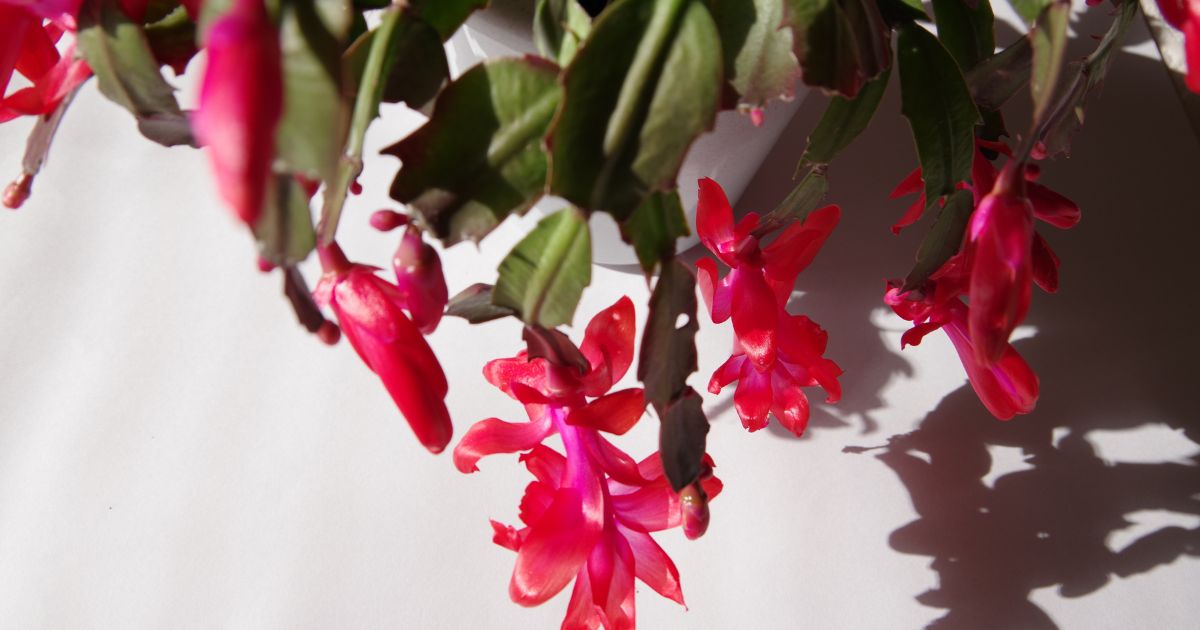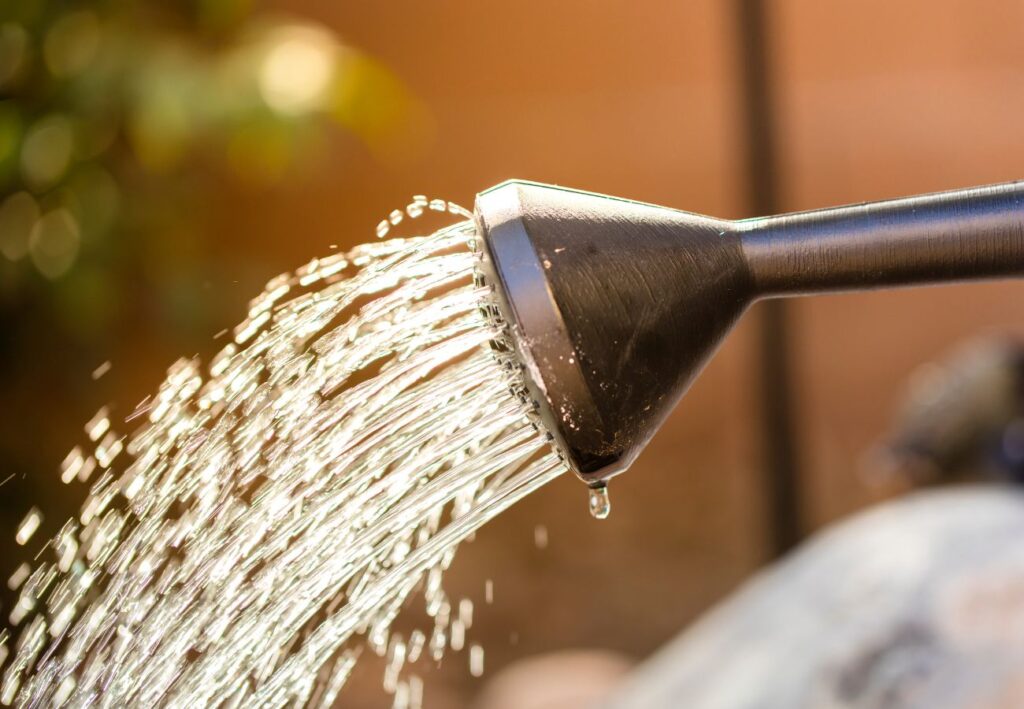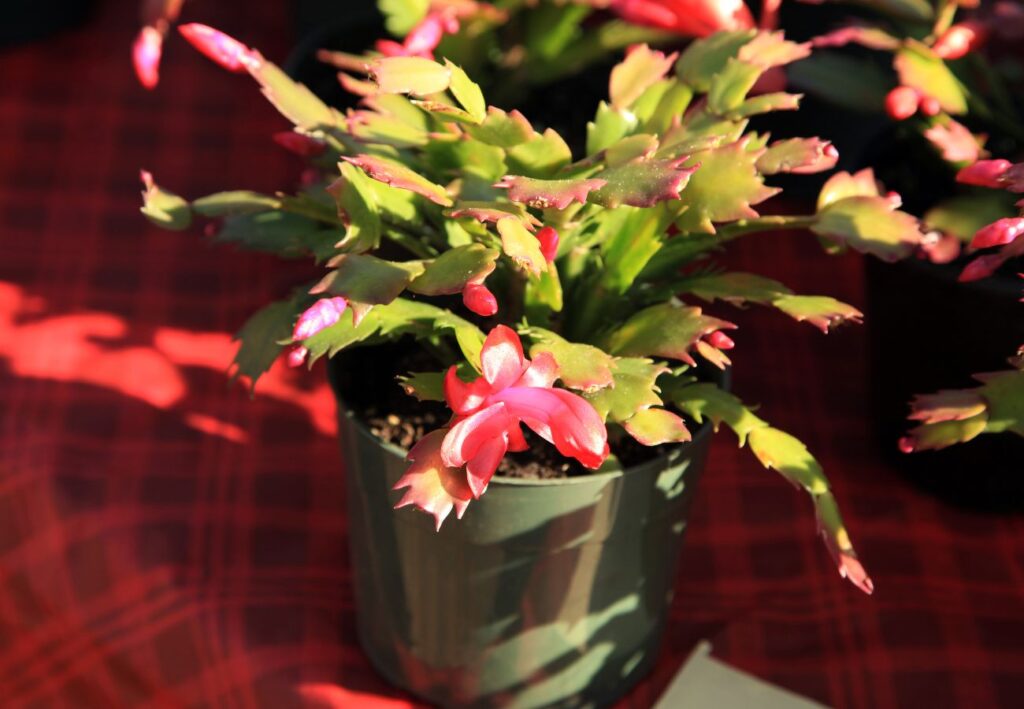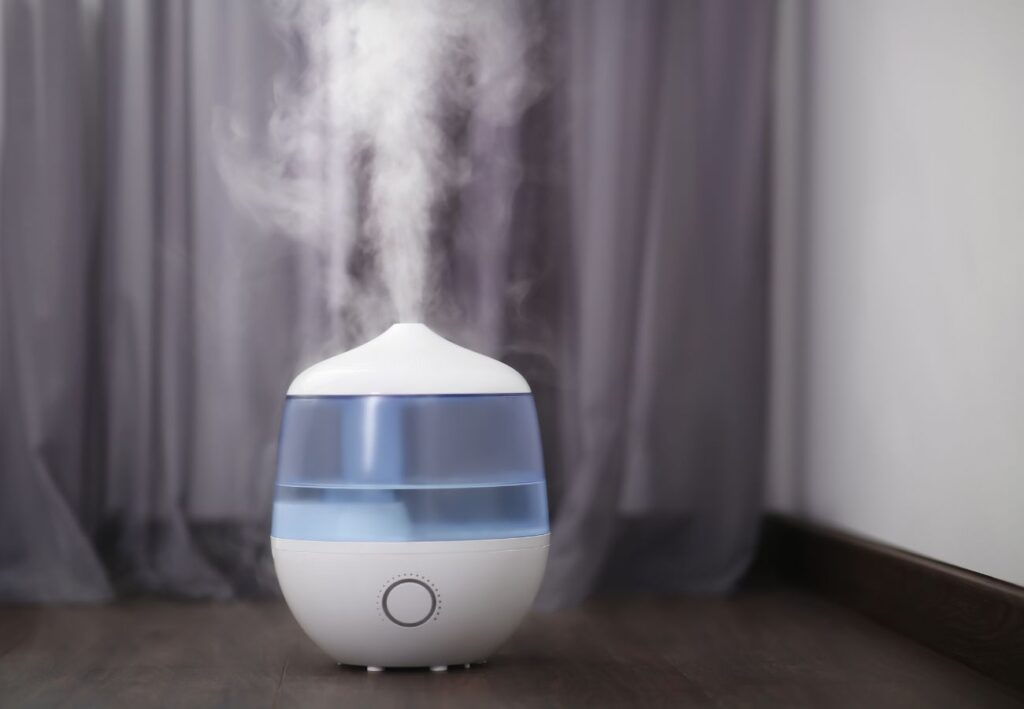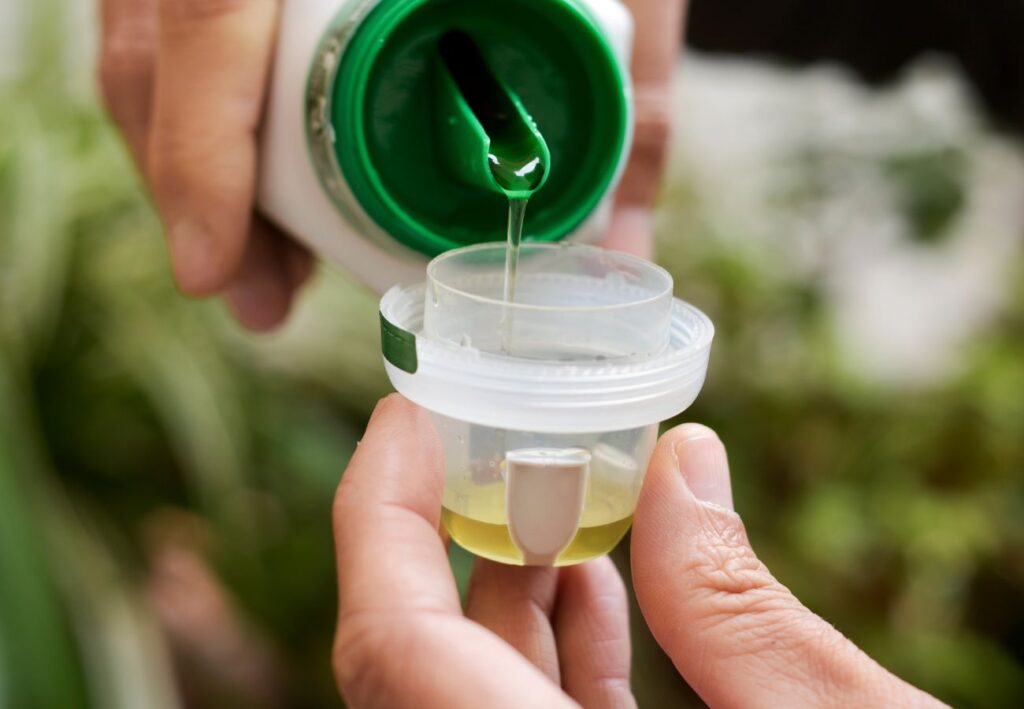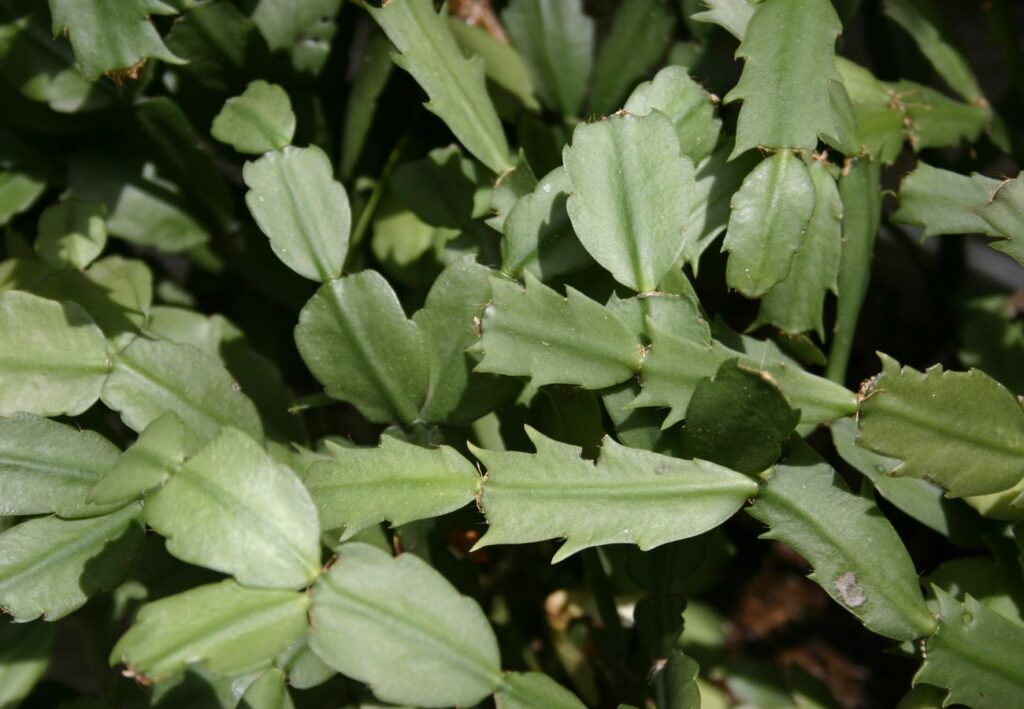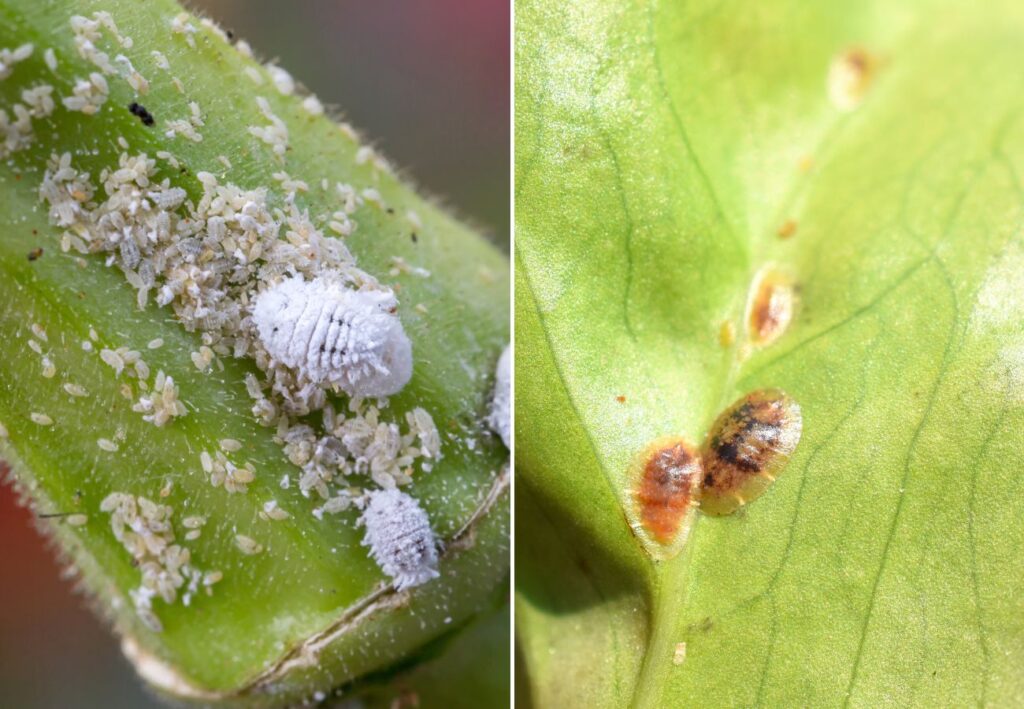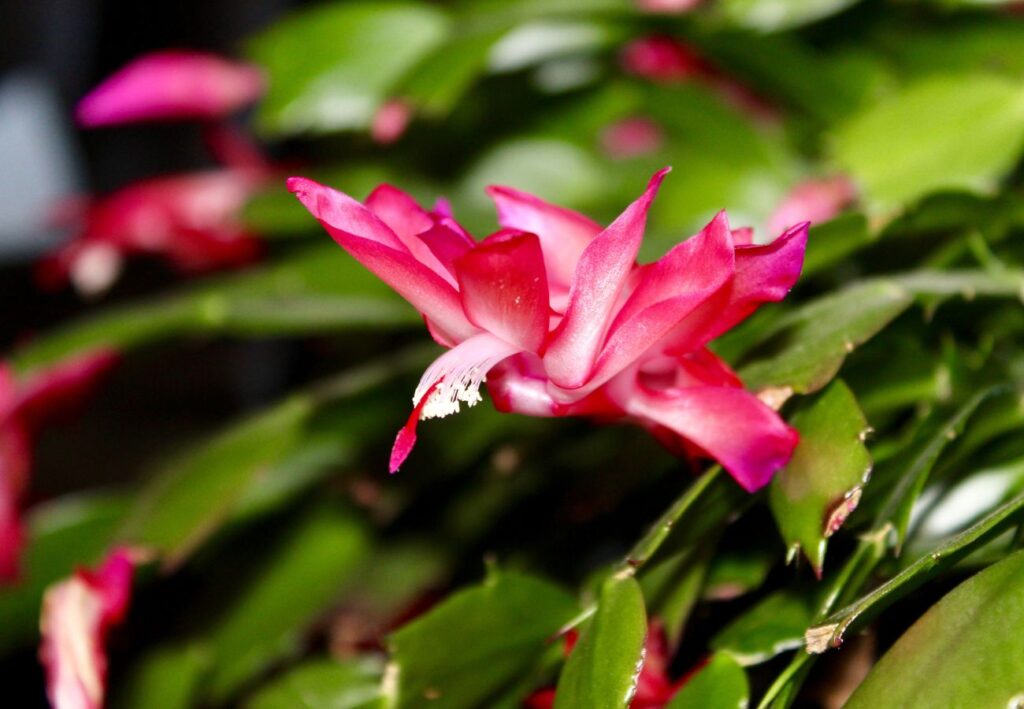The Christmas cactus (Schlumbergera spp.) is a beloved holiday plant, often passed down through generations, with its vibrant blooms adding a festive touch to homes during the winter season.
Despite its name, the Christmas cactus isn’t a desert cactus but hails from the tropical rainforests of Brazil. This unique origin means that its care requirements differ significantly from those of traditional cacti.
Many people, however, fall into common pitfalls when caring for their Christmas cacti, leading to disappointing results. In this article, we will explore these common mistakes and provide practical tips to help your Christmas cactus thrive.
10 Common Mistakes to Avoid When Caring for Christmas Cacti
1. Overwatering
One of the most frequent mistakes in Christmas cactus care is overwatering. Unlike desert cacti, the Christmas cactus requires more moisture, but too much water can lead to root rot, a common and often fatal issue. The key to proper watering is balance.
Tip: Water your Christmas cactus only when the top inch of the soil feels dry to the touch. During the growing season (spring and summer), this might mean watering every 1-2 weeks. In the fall and winter, reduce watering frequency as the plant enters a dormant phase.
2. Using the Wrong Soil
Another common mistake is planting the Christmas cactus in the wrong type of soil. Regular potting soil retains too much moisture, which can suffocate the roots and lead to rot. Conversely, sandy cactus soil might not retain enough moisture.
Tip: Use a well-draining potting mix designed for epiphytic plants or make your own by mixing equal parts of regular potting soil, orchid bark, and perlite. This will provide the right balance of moisture retention and drainage.
3. Incorrect Lighting Conditions
Christmas cacti require bright, indirect light to thrive. Placing them in direct sunlight can cause the leaves to burn, while too little light can hinder blooming. Striking the right balance is crucial.
Tip: Place your Christmas cactus in a spot where it receives bright, indirect sunlight, such as near a north or east-facing window. If the light is too intense, you can filter it with sheer curtains.
During the winter months, a bit more direct light can be beneficial, but always monitor the plant for signs of stress.
4. Neglecting Humidity Needs
As tropical plants, Christmas cacti thrive in environments with higher humidity levels. Many people forget this aspect, especially in dry indoor environments during winter, leading to a stressed plant.
Tip: Increase humidity around your Christmas cactus by placing a tray of water near the plant or using a room humidifier. You can also group it with other plants to create a more humid microenvironment.
Misting the plant occasionally can also help, but be cautious not to overdo it, as too much moisture on the leaves can lead to fungal issues.
5. Ignoring Temperature Preferences
Temperature plays a significant role in the growth and blooming of Christmas cacti. Exposure to extreme temperatures, either too hot or too cold, can shock the plant and disrupt its blooming cycle.
Tip: Keep your Christmas cactus in a stable environment where temperatures remain between 60-70°F (15-21°C) during the day and slightly cooler at night. Avoid placing the plant near drafts, heating vents, or cold windows, as sudden temperature changes can cause bud drop.
6. Improper Fertilization
Fertilizing is essential for the growth and blooming of Christmas cacti, but using the wrong type of fertilizer or over-fertilizing can harm the plant. Too much fertilizer can lead to salt buildup in the soil, which can damage the roots.
Tip: Fertilize your Christmas cactus every 4-6 weeks during the growing season (spring and summer) with a balanced, water-soluble fertilizer diluted to half strength. Stop fertilizing in late summer to encourage blooming.
Avoid fertilizing during the dormant period in fall and winter.
7. Forgetting to Prune
Pruning might not be the first thing that comes to mind when caring for a Christmas cactus, but it’s a valuable practice. Neglecting to prune can lead to a leggy, unbalanced plant that might struggle to bloom.
Tip: After the blooming period, lightly prune your Christmas cactus to maintain its shape and encourage bushier growth. Pinch off the ends of the stems where the blooms have faded.
This practice helps stimulate new growth, which will lead to more flowers in the next blooming season.
8. Repotting at the Wrong Time
Christmas cacti don’t need frequent repotting, and doing so at the wrong time can stress the plant. Repotting too often or during the wrong season can disrupt the plant’s growth cycle and lead to a lack of blooms.
Tip: Repot your Christmas cactus every 2-3 years, ideally in late spring or early summer, after the blooming period and before the active growing season begins. Choose a pot that is only slightly larger than the current one, as these plants prefer to be somewhat root-bound.
9. Skipping the Dormancy Period
The dormancy period is crucial for the Christmas cactus to set buds and bloom during the holiday season. Skipping or shortening this period is a common mistake that can lead to a lack of flowers.
Tip: To encourage blooming, reduce watering and keep the plant in a cool, dark place for about 6-8 weeks in the fall. Once buds begin to form, gradually increase light exposure and resume normal watering.
This rest period mimics the plant’s natural cycle and is essential for a profusion of holiday blooms.
10. Ignoring Pests and Diseases
While Christmas cacti are generally hardy, they can still fall victim to pests like mealybugs, spider mites, and scale insects, as well as diseases like root rot and fungal infections. Ignoring these problems can quickly lead to a decline in the plant’s health.
Tip: Regularly inspect your Christmas cactus for signs of pests or disease. If you notice any issues, treat them promptly with insecticidal soap or neem oil for pests, and ensure proper watering practices to prevent fungal problems.
Good air circulation and maintaining clean, debris-free soil will also help keep your plant healthy.
Caring for a Christmas cactus can be a rewarding experience, especially when you see it burst into a beautiful display of flowers during the holiday season.
By avoiding these common mistakes and following the tips provided, you can ensure that your Christmas cactus remains healthy and vibrant year after year.
Remember, understanding the unique needs of this tropical plant is key to its success. With the right care, your Christmas cactus will not only survive but thrive, becoming a cherished part of your holiday tradition.
